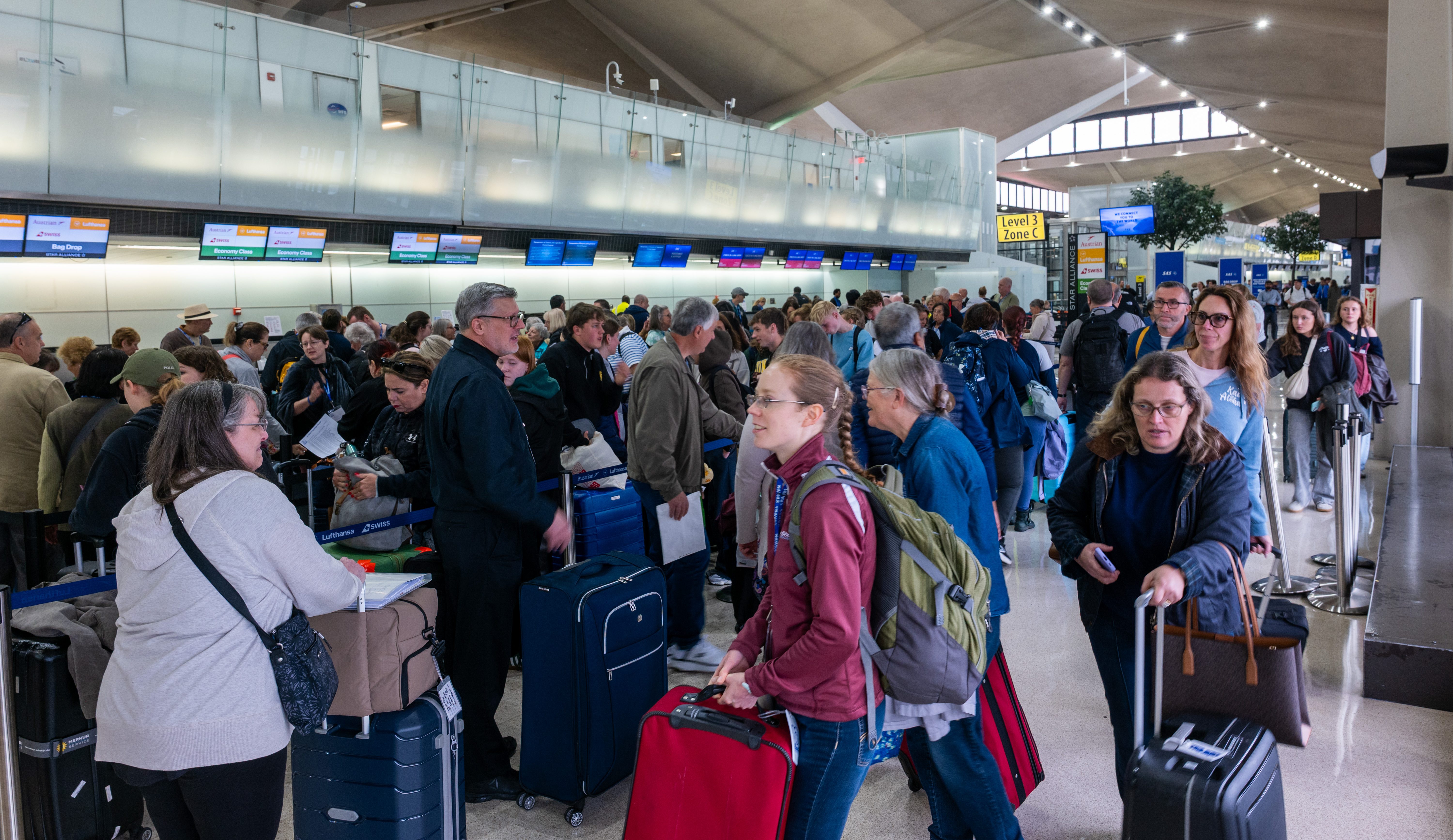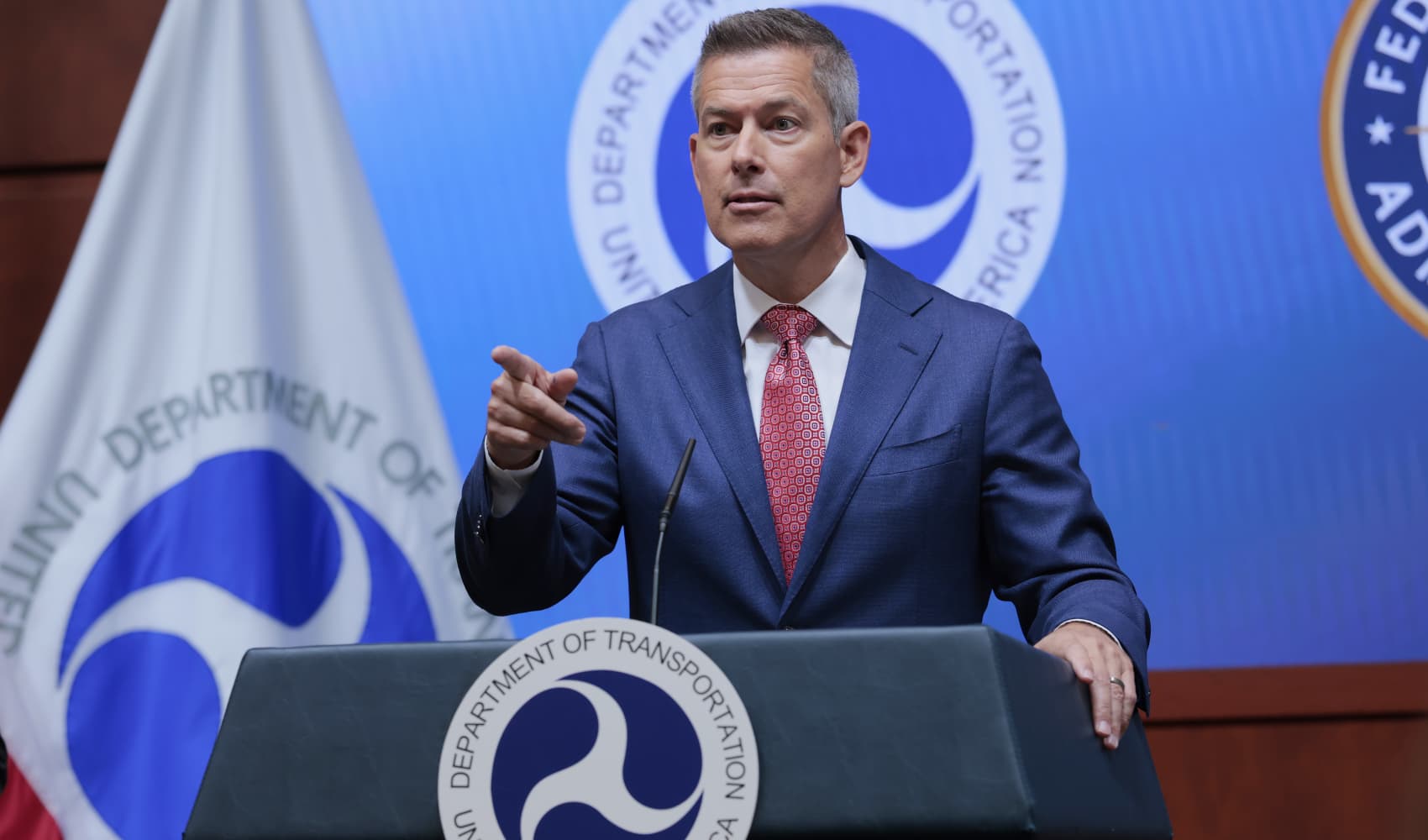Newark Air Traffic Control Failures: Are You Safe?
Newark Airport Near-Misses: How Safe Are We Really?
Introduction: A Disturbing Pattern Emerges
Imagine this: You're on a plane, soaring thousands of feet above the ground, trusting that the pilots and air traffic controllers are in constant communication, guiding you safely to your destination. But what happens when that vital connection breaks down? Recent reports suggest a disturbing pattern of communication breakdowns at Newark Liberty International Airport, raising serious questions about passenger safety. How many times can these incidents happen before a serious accident occurs? It's time we take a closer look.
The Alarming Revelation: Multiple Communication Failures
Last week's communication breakdown at Newark, where air traffic controllers lost radar and radio contact with incoming planes, wasn't a one-off incident. According to a veteran air traffic controller, who understandably wishes to remain anonymous, similar events have occurred at least twice since August. And that’s just the tip of the iceberg.
More Than Just Isolated Incidents
This isn't just a case of a single bad day at the office. The controller revealed that radio contact with pilots flying into Newark has been lost at least eight or nine times in recent months. That's a worrying trend. It’s like driving on a highway with the navigation system randomly failing - unnerving, to say the least.
"Everything Went Down!": The Controller's Stark Warning
The controller's description of the situation is nothing short of alarming: “We lost all radios! No backups! Everything went down.” These aren't just minor glitches; these are complete system failures. What kind of safeguards are in place if primary and backup systems both fail?
FAA Silence: A Cause for Concern
As of this writing, the Federal Aviation Administration (FAA) has not responded to requests for comment regarding these claims. This silence is deafening. Shouldn’t the agency responsible for our air safety be transparent and forthcoming about these serious incidents?
Philadelphia TRACON's Role: Guiding Flights to Newark
It's important to understand the chain of command here. The controllers in Area C of the Philadelphia TRACON (Terminal Radar Approach Control) are responsible for guiding flights in and out of Newark. This is a complex and high-pressure job, requiring seamless communication and unwavering focus. A breakdown in communication at this stage is particularly dangerous. What oversight is in place to ensure these controllers are adequately supported and equipped?
Near-Disaster Averted: A Close Call on April 28th
The news comes a week after the April 28th incident, when controllers in the Philadelphia TRACON lost all communication with pilots bound for Newark. This wasn't just a close call; it was a near-disaster averted. How close did we come to a potential tragedy?
The Human Element: Stress and Workload
Air traffic control is an incredibly stressful job. Controllers work long hours, making critical decisions under immense pressure. Are these communication breakdowns a symptom of understaffing, excessive workload, or inadequate training? We need to investigate the human element contributing to these failures.
Potential Contributing Factors:
- Understaffing in key air traffic control positions
- Excessive overtime and fatigue among controllers
- Inadequate training on backup systems and emergency procedures
- Outdated technology and infrastructure
Technology Failure: Are Our Systems Outdated?
The controller's statement that “everything went down” suggests a potential systemic issue. Are the communication systems at Newark and the Philadelphia TRACON outdated or poorly maintained? Are we relying on outdated technology when newer, more reliable systems are available? Investing in updated technology should be a top priority.
Backup Systems: Where Did They Fail?
The fact that both primary and backup radio systems failed is deeply concerning. What redundancy measures are in place to prevent such a catastrophic failure? Were the backup systems properly tested and maintained?
Pilot Perspective: What Are Pilots Saying?
We need to hear from the pilots who have experienced these communication breakdowns firsthand. What are their concerns? What recommendations do they have for improving safety? Their insights are invaluable. It’s like asking a race car driver about the track conditions – they’ve got the best view.
Passenger Safety: The Ultimate Priority
At the end of the day, passenger safety must be the top priority. These communication breakdowns are unacceptable and require immediate attention. We cannot afford to wait for a tragedy to occur before taking action.
Independent Investigation: Is it Time for One?
Given the FAA's silence and the seriousness of the allegations, is it time for an independent investigation into the communication failures at Newark and the Philadelphia TRACON? A thorough and unbiased investigation is essential to identify the root causes of these problems and implement effective solutions.
Transparency and Accountability: Demanding Answers
The public deserves answers. The FAA needs to be transparent about these incidents and accountable for ensuring the safety of our skies. We must demand transparency and accountability from the agencies responsible for our safety.
The Path Forward: Ensuring a Safer Future
What steps can be taken to prevent future communication breakdowns? This situation demands a comprehensive approach, including:
Steps to Ensure a Safer Future
- Upgrading communication systems and technology
- Improving training for air traffic controllers
- Increasing staffing levels to reduce workload
- Implementing more robust backup systems
- Conducting regular system checks and maintenance
- Promoting open communication and transparency
Conclusion: A Call to Action
The recent reports of communication breakdowns at Newark Airport are deeply troubling. These incidents raise serious questions about the safety of our air travel system. We need immediate action from the FAA, including a thorough investigation, increased transparency, and a commitment to implementing effective solutions. The safety of millions of passengers depends on it. Let’s not wait for a disaster before we act. Our safety, and the safety of our loved ones, depends on it.
Frequently Asked Questions (FAQs)
Here are some frequently asked questions about the communication breakdowns at Newark Airport:
- What caused the communication breakdowns at Newark Airport?
The exact cause is still under investigation, but a veteran air traffic controller reported that both primary and backup radio systems failed. Possible contributing factors include outdated technology, understaffing, and inadequate training.
- How often have these communication failures occurred?
According to the controller, similar incidents have occurred at least twice since August, and radio contact with pilots has been lost at least eight or nine times in recent months.
- Is Newark Airport safe?
While these communication breakdowns are concerning, it's important to note that air travel remains one of the safest forms of transportation. However, these incidents highlight the need for increased vigilance and improvements to ensure continued safety.
- What is the FAA doing to address these issues?
As of this writing, the FAA has not responded to requests for comment. We urge the agency to address these concerns promptly and transparently.
- What can passengers do to stay informed?
Stay informed by following news reports and updates from reputable sources. You can also contact your elected officials and demand greater transparency and accountability from the FAA.

